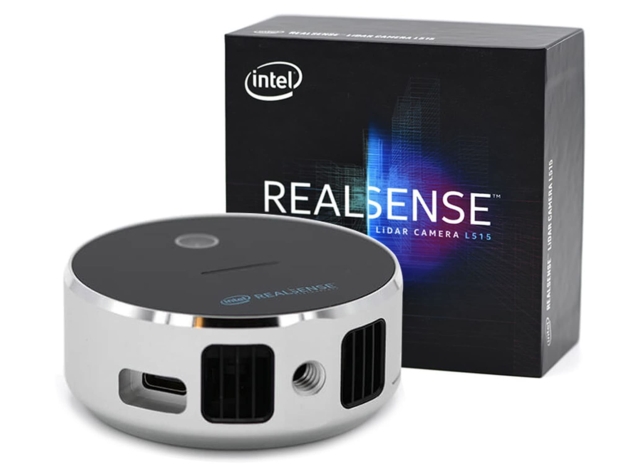RealSense chief executive Nadav Orbach said. ““This collaboration cements RealSense’s role as the perception platform of choice for AMRs and humanoids. Our independence from Intel and support from top investors give us the agility to innovate, while our work with Nvidia accelerates the mainstream adoption of physical AI.”
Backed by a heavyweight semiconductor private equity firm and investors including Intel Capital and the MediaTek Innovation Fund, RealSense is now free from Chipzilla’s bureaucracy and can move at a speed that would once have made Intel’s lawyers twitch. The company says the new cash will expand its reach into AI, robotics, biometrics, and computer vision, while scaling its manufacturing and global sales.
The freshly liberated firm is working with Nvidia to bolt its depth-sensing cameras into the graphics giant’s robotics stack, including the Jetson Thor supercomputer for humanoids, the Isaac Sim digital twin platform, and the Holoscan Sensor Bridge for ultra-low-latency data streaming.
RealSense reckons this combo of its vision sensors and NVIDIA’s compute muscle will help robotics developers shave months off production timelines, launch new applications faster, and safely scale systems into production. The two claim their integrated setup will deliver the sensor fidelity and speed needed for the next wave of humanoid and autonomous machines.
With more than 3,000 customers worldwide and over 80 patents, RealSense has built a solid reputation in robotics, industrial automation, healthcare, and even “tech for good” projects, with partners including ANYbotics, Eyesynth, FIT:match, and Mobile Industrial Robots.
The company says it will keep supporting existing customers and its well-loved product lineup, particularly the RealSense depth cameras, which it boasts are used in 60 per cent of the world’s autonomous mobile robots and 80 per cent of humanoids. Its latest gadget, the D555 depth camera powered by the Vision SoC V5 with Power over Ethernet, is pitched as a proof of the company’s continued leadership in edge AI and embedded vision.
Orbach said: “Our mission is to enable the world to integrate robotics and AI in everyday life safely. We’re building systems that remove danger and drudgery from human work, amplifying human potential with intelligent, secure and reliable vision systems.”
The global robotics market is expected to explode from $50 billion today to more than $200 billion within six years, while humanoid demand is forecast to grow at more than 40 per cent annually. Facial biometrics are also moving mainstream, from airports to event venues, giving RealSense plenty of reasons to smile.

